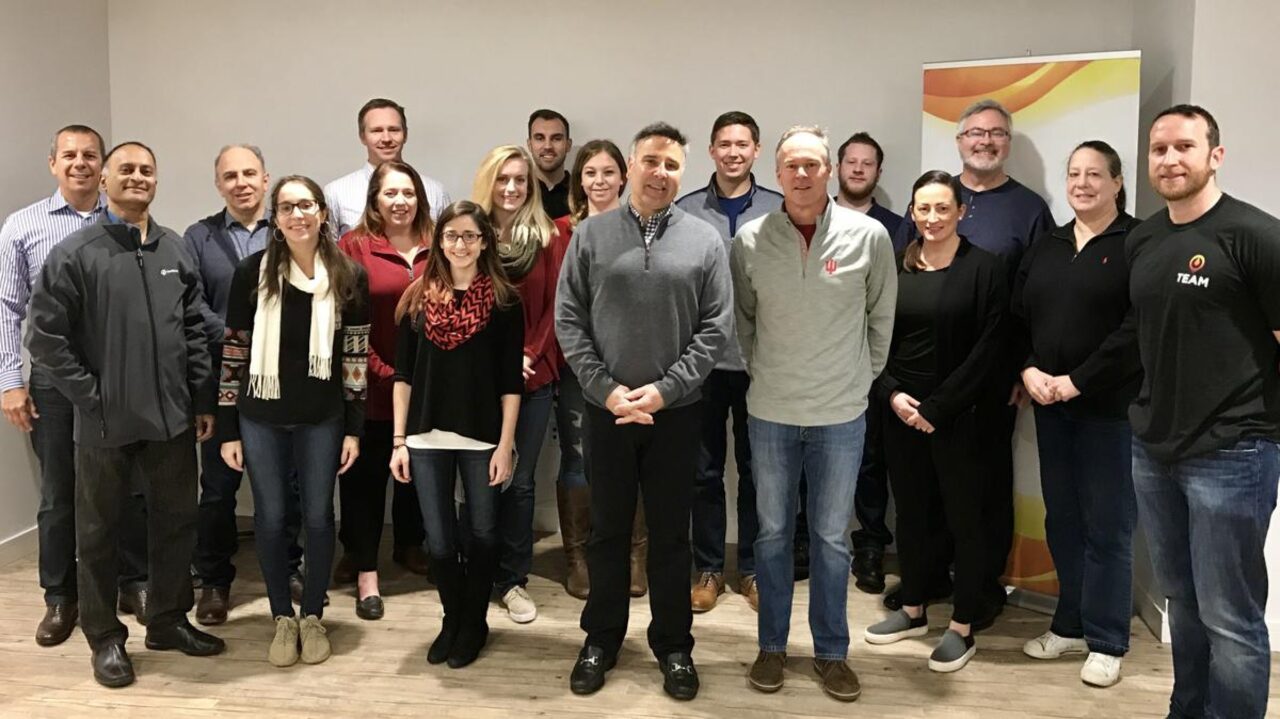Subordinated Debt is Now an Option for SaaS Businesses
Published on

Because of the risk involved in SaaS businesses, many lenders are uncomfortable taking a subordinated position in the debt stack.
This blog post explains the difference between senior and subordinated debt and details how TIMIA Capital’s model enables us to take a subordinated position safely.
TIMIA has always led with the bootstrapping mantra—build your SaaS with customer cash. In other words, build your business sustainably by fueling it with cash from paying customers. However, there will typically come a time when SaaS companies need a little extra cash to drive more sales and marketing or expand to new markets or verticals. That’s where debt can be helpful.
Unlike venture capital, debt unlocks financing without dilution. Debt comes in many forms and SaaS companies can now explore several options at once.
Traditional lenders often limit the amount of debt they will provide software companies to 3X MRR. What if you need more finance to continue growing past $3M?
Senior Debt Versus Subordinated Debt
Senior debt is debt and obligations which are prioritized for repayment in the case of an exit or bankruptcy. Because the senior debt has the highest priority in the debt stack, it has the first claim on repayment and therefore typically has the lowest risk and lowest interest rate.
Subordinated creditors are typically second in the ‘debt stack’ with a second priority to payment, behind the senior debt but before other creditors and equity holders. For this reason, subordinated creditors may lose some or all of the principal and interest payments that they are owed. As such, subordinated debt typically carries higher interest rates given its lower priority during payback but it is still far cheaper than equity rates of return.
Repayment Waterfall

Subordinated Debt in SaaS
Because of the risk involved in SaaS businesses, many lenders are uncomfortable taking a subordinated position in the debt stack.
TIMIA is different. Because of our fintech-enabled lending platform, we can confidently identify growth software companies, thereby reducing our risk. This enables us to give each entrepreneur a tailored loan. TIMIA can extend your revenue finance capabilities and get you the capital you need to grow your business.
For example, a $4M+ ARR B2B SaaS company can take a $1M line of credit from a bank and another $1.5M from TIMIA to fuel sales and marketing. In such a scenario, the overall cost of capital for $2.5m will have an amortized interest rate of approximately 12%*—significantly lower than venture capital in the medium to long term.

Chris Marentis, CEO
Chris Marentis, CEO, Surefire Local just took this approach:
“We chose to work with Bridge Bank as our senior lender and TIMIA Capital took a subordinated position.”
“TIMIA was so easy to work with and their financing helped lower our overall cost of capital. TIMIA’s non-dilutive capital gave us the time we needed to grow our valuation substantially.” – Chris Marentis
If you’re interested in this approach to debt, get in touch with TIMIA. We can also intro you to the right senior lenders for your situation.
*based on a 6% interest rate of the line of credit and 14-20% interest rate on TIMIA’s loan.
Looking for non-dilutive capital?
TIMIA Capital works with recurring revenue technology
businesses between $2 – $20 million ARR.



